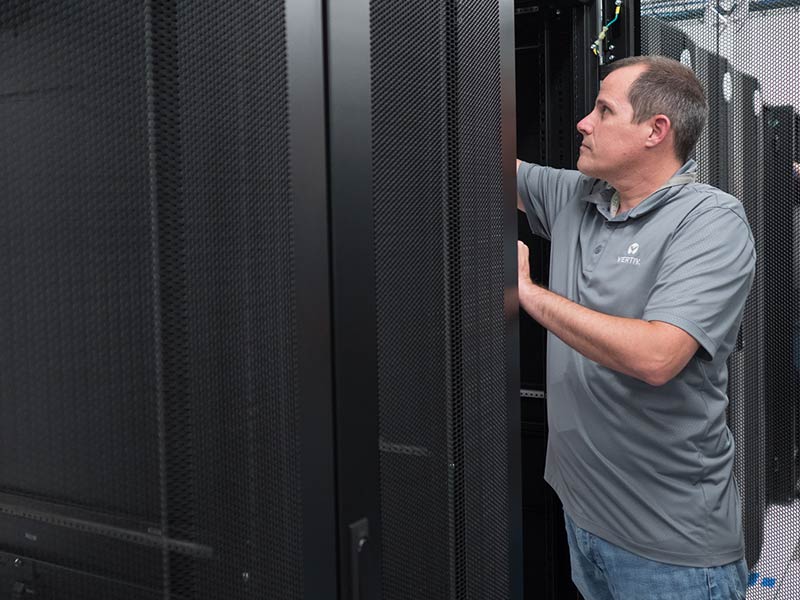In 1998, I was in a funky Temple Bar building in Dublin with my shiny new Nokia 5110 mobile phone. I was at a presentation about how the Internet will change societal behavior. The presenter told us what he was going to show us was illegal. We looked at each other excited to be in on some subterfuge. He then proceeded to make a phone call over IP through the bandwidth of two Integrated Services Digital Network (ISDN) lines, which at the time, was illegal in Ireland.
The presenter then went on to tell us a story of how in 10 years we would book flights on our phones, check-in with our phones, and board with our phones. When we landed, we would summon a taxi with our phone to bring us to the hotel we had booked online and use our Global Positioning System (GPS) to get there. I remember it vividly, not because it seemed unrealistic, but because it was so completely different from what I knew as normal behavior at that time. It is the norm now and there is no going back to what was before.
Anyone who has studied behavioral science knows that changing behavior takes time and goes through stages. Right now, many people are experiencing a dramatic change in their work as it relates to their commute, location, and professional interactions that have bypassed all stages of the change process. There was no precontemplation, contemplation, intention or preparation. They are suddenly in the now, exhibiting new behaviors in new environments. For many, this new environment isn't all bad. They are willing converts, so to say, and there are few grounds for a reversal.
This is likely the new “normal” even in the coming months as restrictions of movement are relaxed.
Talking about seismic societal changes driven by major events, Robert Kargon, a history of science professor at Johns Hopkins University said, "These kinds of emergencies accelerate trends that already exist in society." Right now, there appears to be a desire for a more sustainable planet, a better work/life balance, less commuting, and flexibility in working.
Until recent events, you could argue the Internet has augmented our daily lives. Now, it has become critical to our daily lives — our visual interaction with others we can't physically visit, our livelihoods, our safety, and our sanity. Has it finally found its raison d'être?
Even professions that are not technology-reliant such as teachers, fitness instructors, and medical professionals are using technology as they never had before. It has become their new normal, so what effect will this have on IT and the infrastructure that supports it?
#1 Increased Cloudification
Assuming the pendulum will never swing fully back to where we were, and taking insight from the dramatic upsurge in demand of cloud services, it would appear that increased and accelerated cloudification will follow.
Enterprises will want to be more resilient to new shocks and have the ability to facilitate a new working model. They will shift more services to the cloud to ensure remote access is possible and easy. And of course, to be less prone to the effects of future shocks themselves, they will want to be sure to partner with technology companies who will offer them the best level of protection, considering things as seemingly innocuous as proximity of a service technician to their facility.
#2 Accelerated Edge Site Buildout
With an increased demand for delivery of cloud services, and the cost and speed considerations that entails, it is likely that hyperscalers and applicable colocation providers will begin to distribute these services at an even faster pace to the now more distributed user base. Being well protected in difficult times, they will be able to move with some pace. The speed of deployment will speed-up, and demand for concepts like prefabricated data centers will likely increase.
#3 Widening Residential Telecom Bandwidth
More cloud services that are more locally deployed all rely on the last mile to get to the user. While the total traffic volumes won't change, the patterns will. Business locations with powerful connections will drop and residential areas with less capacity will take over. Bottlenecks at network nodes where lines converge are likely. Add to this the additional heat that will be generated at these sites due to IT running at close to 100 percent capacity, and heat dissipation becomes a hot topic, especially when summer-time temperatures take off and maintenance becomes riskier.
Humans are the most adaptable species, and successfully adapt we will. What's changed is the speed and the levers of influence. Had we faced this rapid movement of computing to home offices just 15 years ago, we would have been much less prepared to support the business continuity that is essential for our communities now and going forward.





